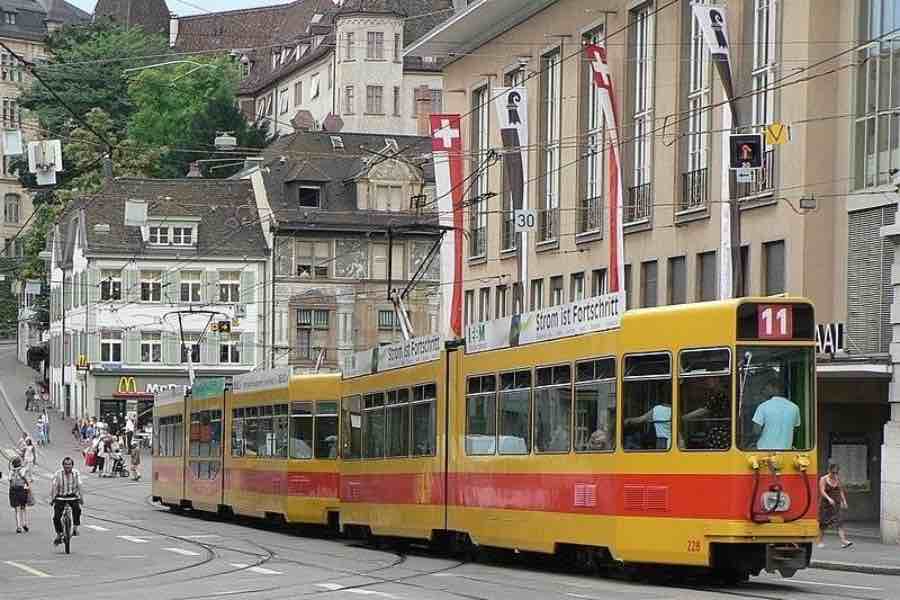
The AI-based Nokia Scene Analytics solution being deployed by Swiss public transport operator Baselland Transport (BLT) in Münchenstein aims to improve the safety of railroad crossings with real-time monitoring using machine learning algorithms.
Latest statistics from the European Union showed there are 250 fatalities and 300 serious injuries related to level crossings in the EU annually. BLT said it would use Scene Analytics’ machine learning algorithms based on CCTV data to continually learn what is ‘normal or anomalous’ to improve railway security in real-time by removing crossing obstructions.
Michael Theiler, head of maintenance electrical systems at BLT, said: “Level crossings are notoriously difficult areas to ensure the safety of passengers, pedestrians, train operators and motorists. This deployment, in collaboration with Nokia represents an encouraging step towards using analytics as another layer of protection in dangerous areas. Nokia Scene Analytics acts as an intelligent set of ‘eyes’ and, by providing critical information in real-time, to prevent or mitigate the impact of an incident”.
The deployment of Scene Analytics on railroad crossings also increases operational efficiencies by minimising downtime and delays. In addition to reporting anomalies to railway security in real-time, the AI-based platform detects the object type, which provides a more complete picture of the situation for post-incident forensic analysis.
Karsten Oberle, head of rail at Nokia, added: “As the first deployment of its kind in Europe, this project with Schweizer Electronics and BLT enabled us to address many of the level crossing safety issues which are at the top of priority lists for rail operators.
“It is now our ambition for Nokia Scene Analytics to become a key part of the transition towards the digitalization of future railways. By integrating machine learning into level crossing systems, we will be able to continuously improve and refine safety processes in real-time. This will ensure that safety remains at the forefront for train operators, workers and customers alike.”
BLT transports close to 50 million passengers per year, using a fleet of 64 buses and 100 trams over a network of 150 miles which connects the Swiss capital city of Basel with Rodersdorf in the canton of Solothurn, passing through the French commune of Leymen en route.
